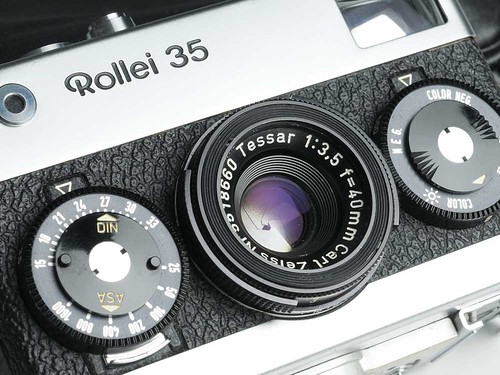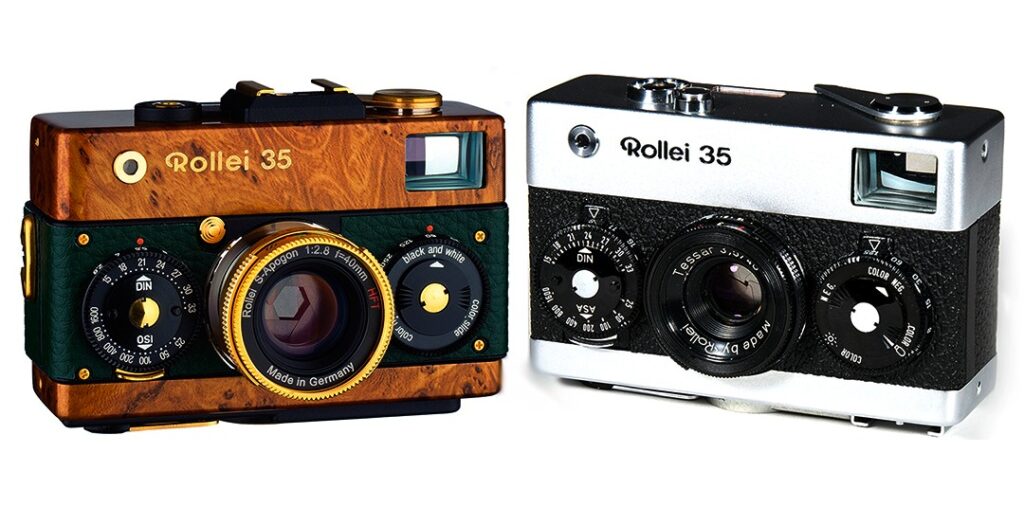Rollei, a name synonymous with innovation and excellence in the world of photography, has a storied history that spans nearly a century. Established in Germany in 1920, Rollei has consistently been at the forefront of photographic technology, introducing groundbreaking cameras, lenses, and accessories that have shaped the way photographers capture the world around them. In this article, we will delve into the fascinating legacy of Rollei and explore the key milestones that have made it an enduring brand in the world of photography.
Founded by Paul Franke and Reinhold Heidecke, Rollei initially specialized in the production of high-quality stereo photography equipment. Their first major breakthrough came in 1927 with the introduction of the Rolleiflex, a twin-lens reflex (TLR) camera that revolutionized medium format photography. The Rolleiflex was renowned for its exceptional build quality, precision optics, and innovative design. It quickly gained popularity among professional photographers and enthusiasts alike.
Rollei continued to push the boundaries of medium format photography in the following decades. In 1932, they launched the Rolleicord, a more affordable TLR camera that brought high-quality photography within the reach of a broader audience. This commitment to accessibility while maintaining excellence in craftsmanship became a hallmark of the Rollei brand.

In the 1950s, Rollei introduced the Rolleiflex 2.8, a TLR camera renowned for its sharpness and exceptional Zeiss optics. It became a favorite among portrait and street photographers for its ability to capture fine details and produce stunning bokeh. The Rolleiflex 2.8 set new standards for medium format photography and solidified Rollei’s reputation as an industry leader.
While Rollei was celebrated for its TLR cameras, the company was not content to rest on its laurels. In 1966, they made a significant leap forward with the introduction of the Rollei 35, a compact 35mm film camera. The Rollei 35 was one of the smallest full-frame 35mm cameras ever made, and it garnered praise for its precision engineering and outstanding optics.
Rollei also expanded its reach into the world of single-lens reflex (SLR) cameras. The Rollei SL66, introduced in 1966, was a medium format SLR camera that boasted interchangeable lenses, exceptional build quality, and innovative features such as a revolving film back. It became a favorite of professional photographers for its versatility and image quality.

Throughout its history, Rollei has consistently demonstrated a commitment to quality and innovation. The brand’s cameras, lenses, and accessories have been used by renowned photographers like Diane Arbus, Robert Doisneau, and Helmut Newton, further cementing Rollei’s place in photographic history.
In recent years, Rollei has adapted to the digital age with a range of digital cameras, action cameras, and photography accessories. While the photography landscape has evolved, Rollei remains dedicated to its core principles of quality, precision, and accessibility.
Rollei’s legacy in the world of photography is a testament to the enduring power of innovation and dedication to craftsmanship. From the iconic Rolleiflex TLR cameras to the compact Rollei 35 and beyond, the brand has consistently pushed the boundaries of what is possible in photography. As we continue to witness advancements in the field, Rollei’s commitment to excellence serves as an inspiration for photographers around the world, reminding us of the enduring value of well-crafted tools in the art of image-making.



